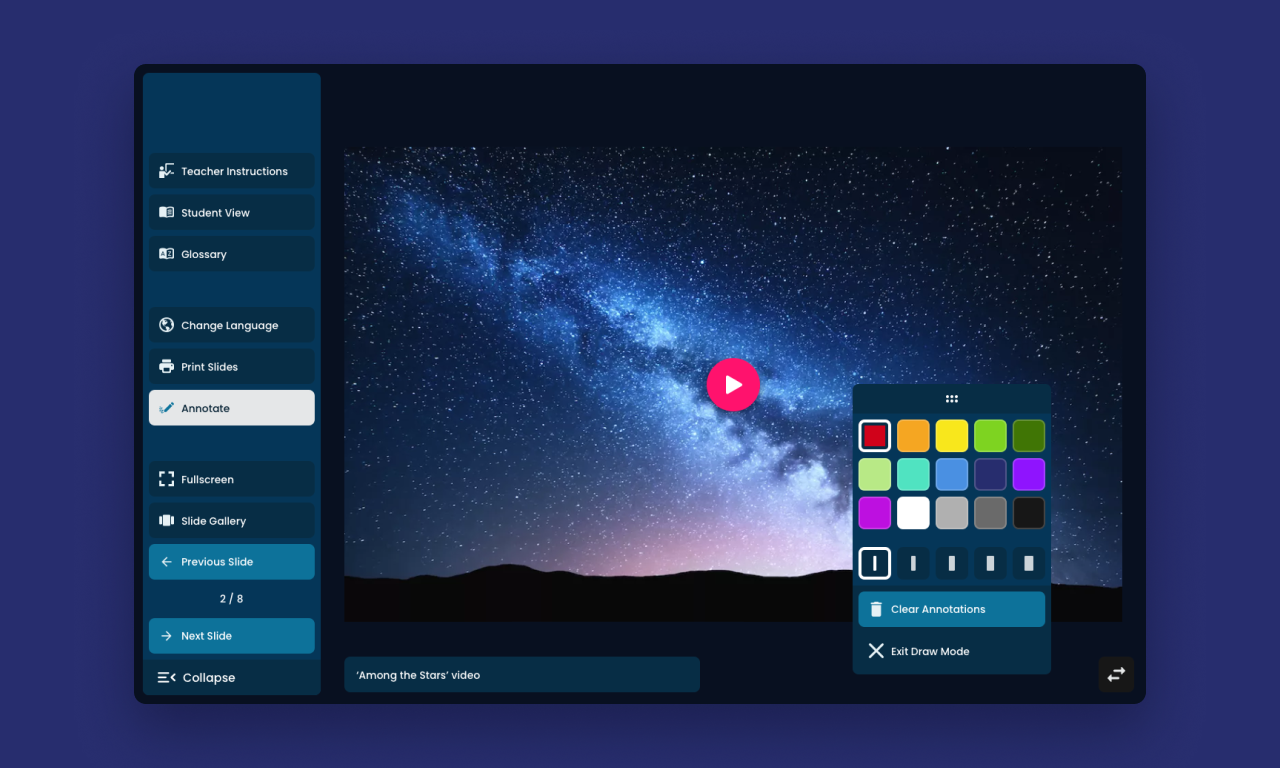
Present Mode
Helping teachers deliver next-generation science education, designed with the classroom in mind.
Twig Education, 2019/2021

Helping teachers deliver next-generation science education, designed with the classroom in mind.
Twig Education, 2019/2021
At Twig Education, I worked on Twig Science, a comprehensive education product developed for the Next-Generation Science Standards (NGSS) The audience included both teachers and students (aged 5-12), covering Kindergarten to Grade 6.
One of the key features I helped to develop was Present Mode, designed from scratch using user insights. Collaborating with the lead designer, product managers, and content developers, we used a user-centred approach to both the product and the content. After its successful launch, I led the design sprint to enhance its user experience and interface.
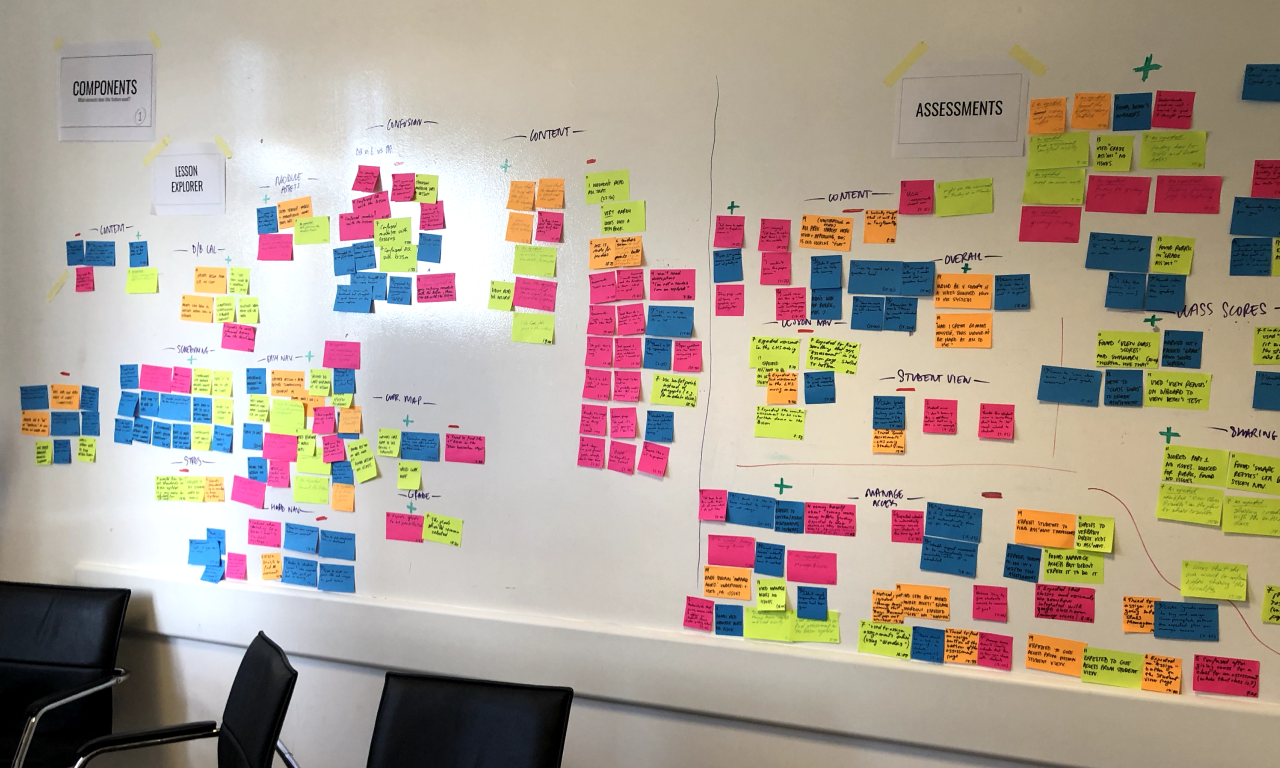
During the early pilots, we identified the need for a slide-based companion to the teacher’s textbook. Most classrooms had smart boards, and teachers wanted a visual aid for students. We created Present Mode, a slide player, and reformatted the curriculum in a popular slide format.
The slide player was packed with features tailored to classroom needs. I was also able to work closely with content developers to create comprehensive, content-rich slide templates. Having been involved in the content aspects of the project, we were able to apply a more comprehensive understanding to the problem space when building the digital product. This connection ensured a user-centered solution in both experience and content design.
Following the success of Twig Science at the elementary level, we expanded into Middle School, adopting a slide-first approach. At that time, we were able to respond to user feedback, adding new features and quality of life upgrades.
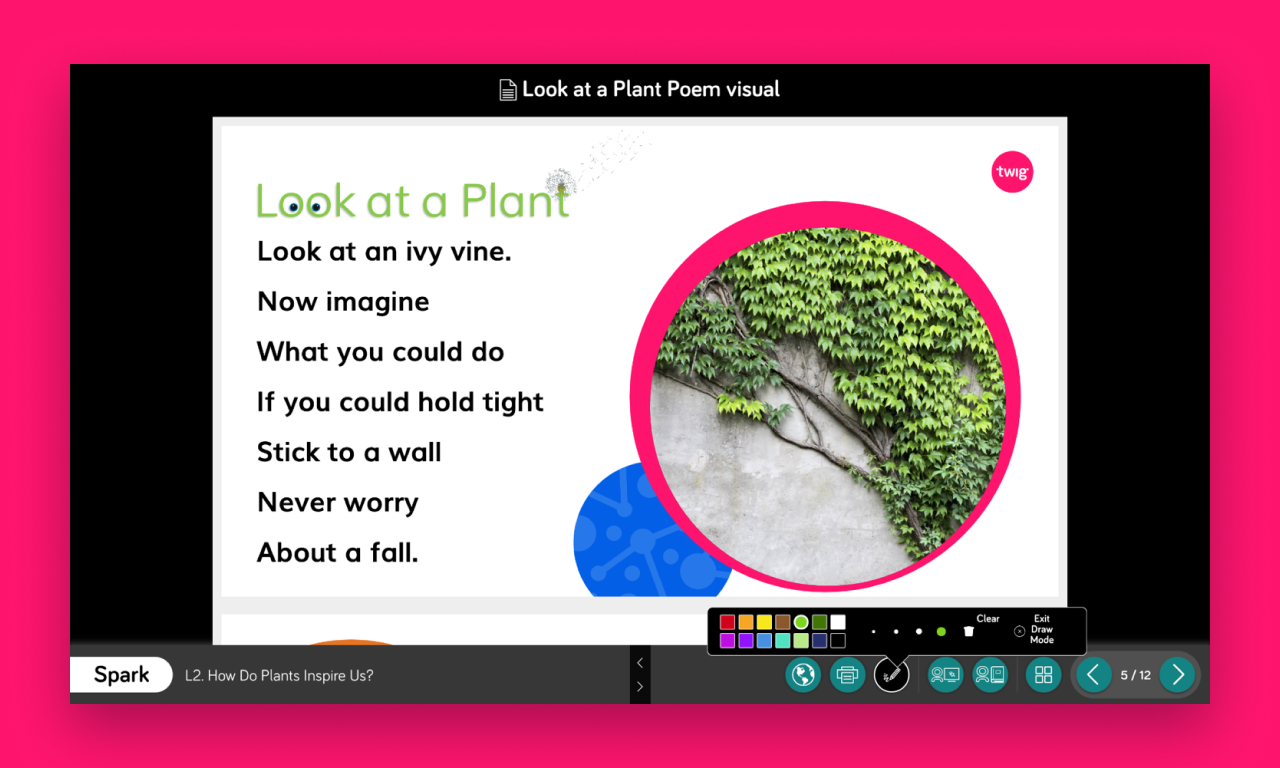
The project began with meeting the content team. Content for Twig Science was developed alongside the digital product, allowing for a seamless integration of content strategy and digital design. Both teams were able to be flexible to the other’s requirements.
Our product team dove into science textbooks from Kindergarten to Grade 6 to understand their structure. Designers and Product Owners having some familiarity helped us reformat and create new slide templates confidently, knowing how the content would translate digitally.
(As a result of this process, I now know a shocking amount about volcanoes)
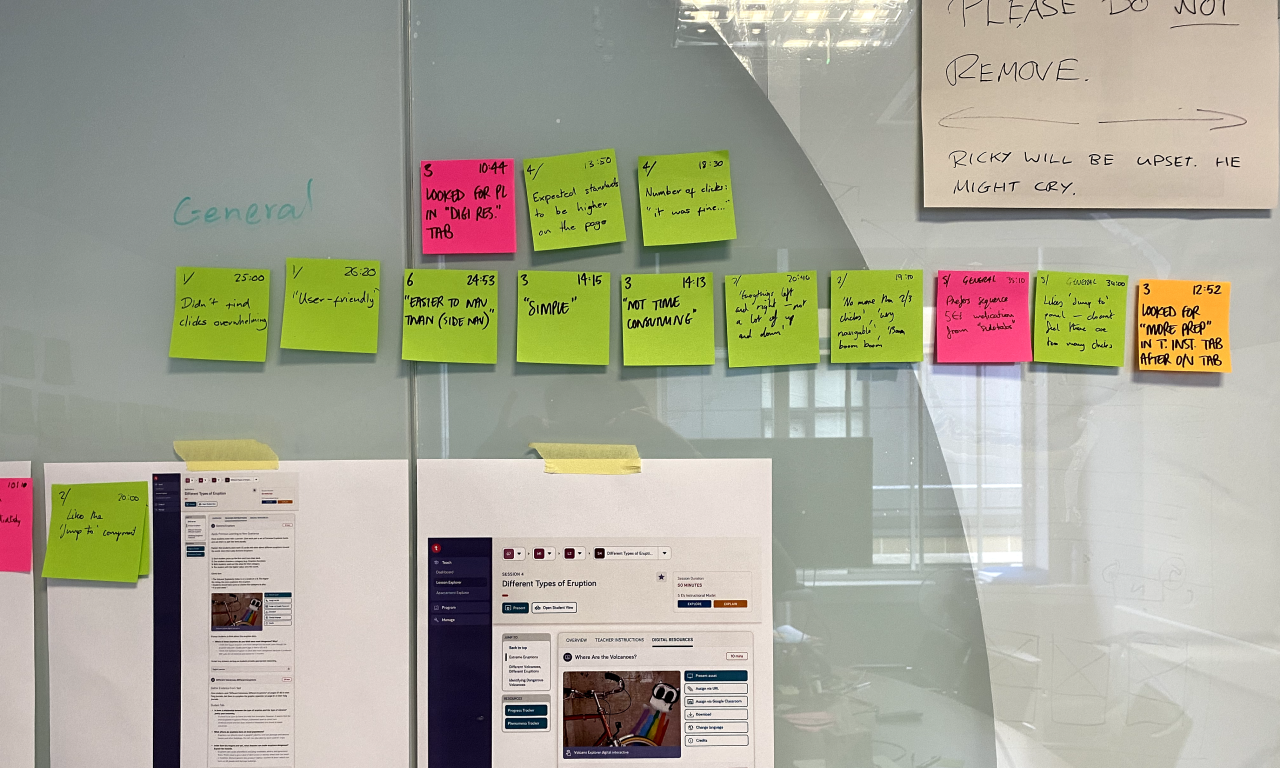
We conducted a Google Ventures-style Design Sprint to shape the digital product. This sprint, one of my favourites, produced a slide-player with thoughtful design details suited for elementary classrooms. I played a key role in ideation and prototype creation.
Annotation: Teachers often wanted to highlight or draw quickly on the board. We designed a simple annotation tool, reusing code from a student drawing tool, saving time and delivering a valuable feature.
Switching Sides: To accommodate different classroom layouts, we designed a toggle to flip the vertical toolbar, allowing teachers to present from either side without obstructing students' views.
Student View: Younger students sometimes struggled to find the right workbook page, when prompted to complete an exercise. We added an option to show a scanned page from the textbook, helping students visually identify it and without the teacher having to navigate away from their presentation. This feature evolved, when Twig Science expanded to include a Middle School curriculum, to show prompts on a separate slide.
Twig Science for Elementary School was a hit, and we received positive feedback. Post-launch, we ran user interviews and gained insights from Hotjar’s feedback tool to fix bugs and identify areas we could improve.
With the Middle School product, we designed the curriculum with slides in mind from the start. About 12-18 months after the first pilot, I led a follow-up design sprint to update Present Mode’s UX/UI, aligning with the new brand identity aimed at more mature, tech-savvy students.
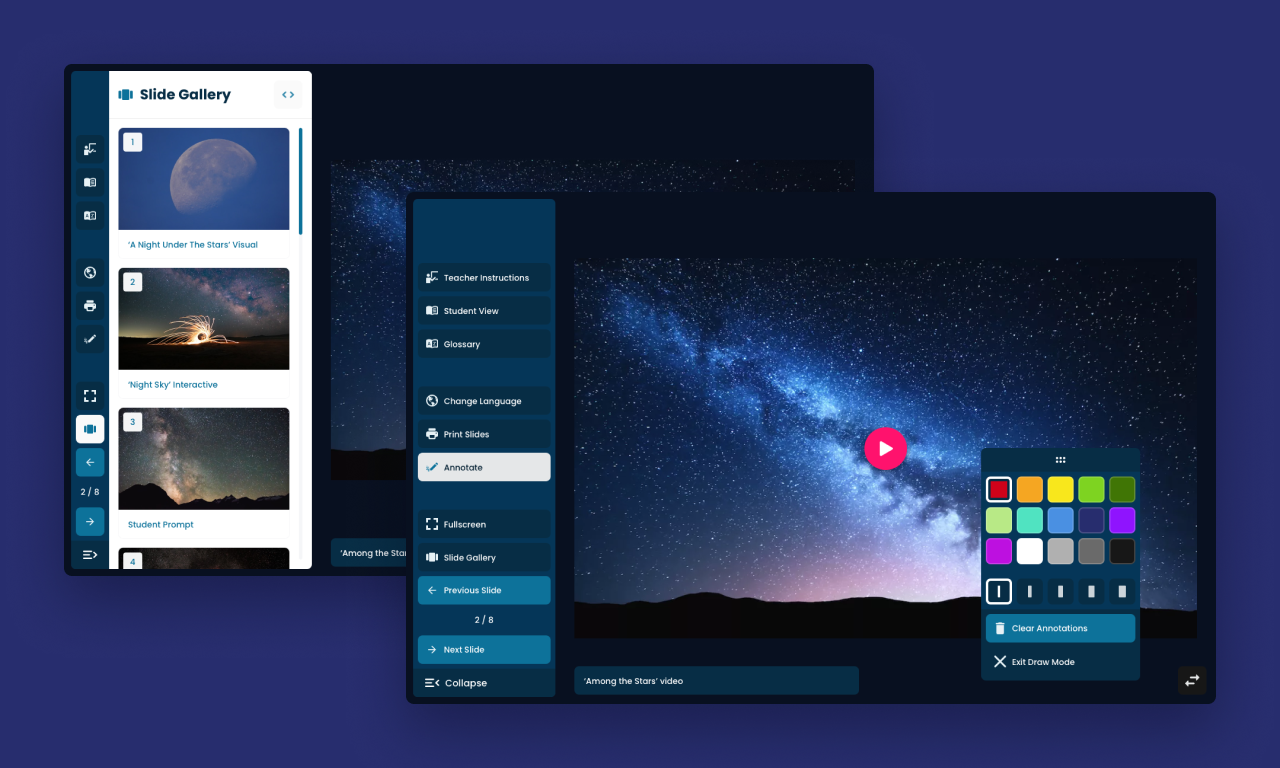
Revisiting Present Mode with new insights allowed us to make meaningful improvements for both teachers and students. Watching this feature evolve reinforced the importance of the Build, Test, Learn cycle, showing the value of iterating on both successes and mistakes.
I thrive on cross-functional collaboration. Understanding content creators and their design process helped us solve problems holistically and confidently. Since then, I've successfully applied this approach to future projects, including content-rich products like Ooni's Recipe pages.